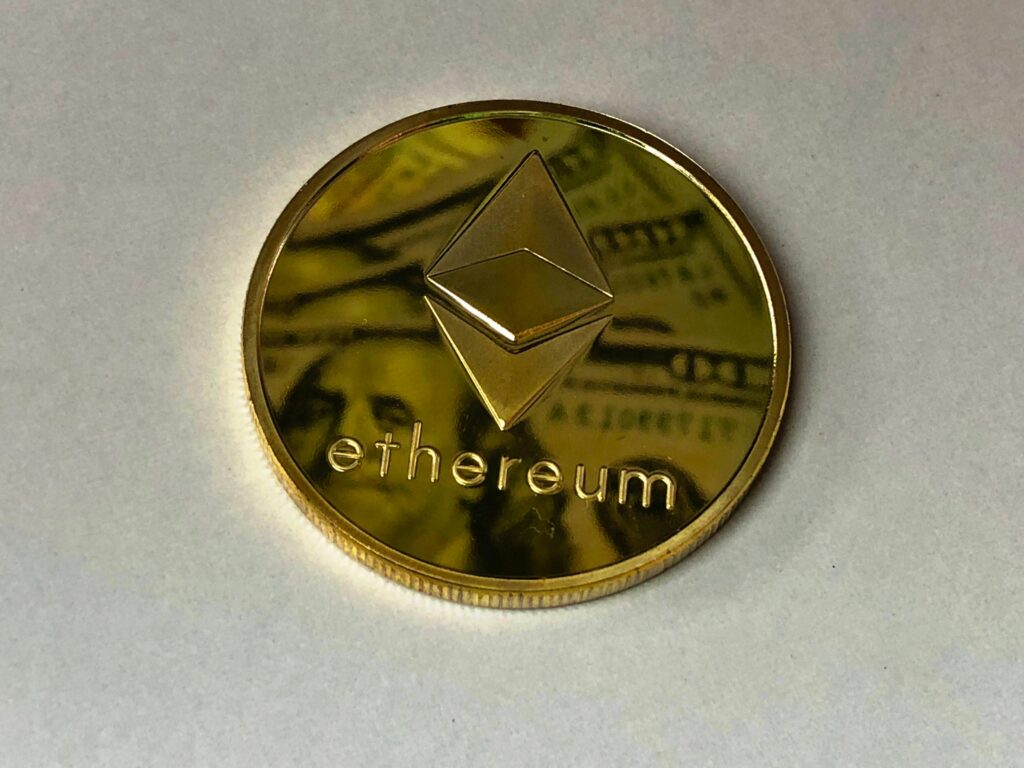Artificial intelligence alongside blockchain is converging in 2025 to transform the digital economy into an unprecedented state that could not have been anticipated the year before. The world’s leading smart contract platform, Ethereum, is central to this convergence.
Ethereum is poised to become the foundational infrastructure for the new AI-driven world because it offers decentralized computing, verifiable AI outputs, and open data markets.
Because the price of Ethereum has been appreciated, it has become necessary to examine this development. The substantial market rise of Ethereum demonstrates its essential position in powering future technological development.
Why AI Needs Ethereum
The availability of artificial intelligence technology has exceeded its previous state of development. The experimental phase of AI has ended because these systems underpin everything from business automation to virtual assistants and have progressed to create hyper-realistic images. As AI grows, it introduces several essential problems regarding data access and power centralization while demanding better trust and transparency systems.
The platform that Ethereum provides addresses this requirement. The decentralized protocol architecture of Ethereum allows users to program smart contracts that execute securely through its blockchain network. Smart contracts enable data sharing between entities, reward model builders, validate output results, and distribute AI application computing capabilities. Under the Ethereum blockchain system, AI operates and is managed through an open network rather than being restricted to tech companies’ private domain.
The decentralization of AI marketplaces has been evolving to permit developers and companies to acquire data resources and computational power through ETH transactions. Three protocols, namely Ocean Protocol, Gensyn, and Fetch.ai, have implemented their solutions atop Ethereum or connected their systems to Ethereum-based platform infrastructure to create the machine economy.
ETH’s functionality extends beyond digital currency use because these platforms are developing into complex digital ecosystems that fuel their operation with ETH transactions more than digital currency.
ETH as the Economic Layer for AI
The combination of artificial intelligence with blockchain exists beyond ideological concepts because it requires economic foundations. Ethereum establishes a monetary platform to guide and reward decentralized artificial intelligence systems participation. Through Ethereum, users can securely execute transactions related to clean dataset-sharing bonuses, network model verification compensation, and neural network training fund transfers across worldwide networks.

Information and computation will need better transparent and resilient market structures to match the growing commoditization of AI backend functions. Ethereum’s advanced DeFi structure functions well to assist such requirements.
The infrastructure provided by Ethereum supports current experiments that involve tokenizing computing power and AI model performance, as well as automated royalty payments for synthetic content. As ETH adopts new applications, those looking to buy Ethereum are increasingly doing so not just for its value storage, but to engage with its role as an active production asset within AI-based economic systems.
Due to its programmable features, Ethereum allows complex relationships to form between AI agents. Autonomous AI systems of the future could establish Ethereum for transactions between themselves to make service payments, conduct business operations, and execute work with decentralized autonomous organizations (DAOs). The machine-to-machine economic system is actively using Ethereum as its fundamental base.
Real-World Adoption Signals
The special interest of this time comes from the AI-blockchain technological synergy, transitioning from theoretical discussions into practical implementation. The AI industry selects Ethereum as its fundamental blockchain base structure while integrating with speed-enhancing solutions such as Optimism and Arbitrum.
The integration between Ethereum and other platforms decreases the Operating expenses when performing on-chain actions, making Ethereum suitable for complex computational operations.
The institutional world shows increasing interest in this trend. The influx of venture capital now supports the development of projects that unify Ethereum smart contracts with AI systems for data processing and logical functions. Businesses seeking to develop trustworthy AI systems that ensure full traceability and reporting consider Ethereum as an innovative solution providing transparency because global AI regulation standards are expected to strengthen.
Even governments are taking notice. Cryptographic verification of model training methods and distribution practices has become crucial for national security because world governments perceive AI trust as an ascending threat. The decentralized operating model of Ethereum positions it well to serve as a verification platform that suits democratic administration requirements.
The Impact on Ethereum’s Value
Ethereum’s closer connection with the AI economy manifests through the changing market dynamics of ETH. Analysis from traditional metrics, including staking rewards, DeFi usage, and L2 adoption, supported Ethereum’s value in previous years, but the 2025 financial landscape has started to change. Cryptocurrency functions as a digital commodity and a crypto asset that powers the AI-based web.
The increasing application of Ethereum in AI fields restricts the available ETH because the tokens become locked inside smart contracts and are necessary for long-term network operations. The rise in network activity because of actual economic use cases leads to increased demand for ETH as network transaction fees. The intersection of Ethereum tokenomics deflation after the merge along with EIP-1559 generates conditions that positively impact ETH’s long-term price growth potential.
ETH gains additional value propositions through this factor. The Ethereum price demonstrates links between crypto-native cycles, worldwide technological progress, and economic trajectories. Using Ethereum as a settlement and execution layer for the AI economy positions ETH tokens to become one of the most essential digital assets globally.
The network stands at a decisive point that might function as its starting point in the future. Ethereum is the ideal platform to provide decentralized and democratic systems with AI systems and their required trust mechanisms and coordination framework alongside performance-based stimuli. Such alignment between two influential time-transforming trends generates not just exciting potential but complete market changes of historical importance.



